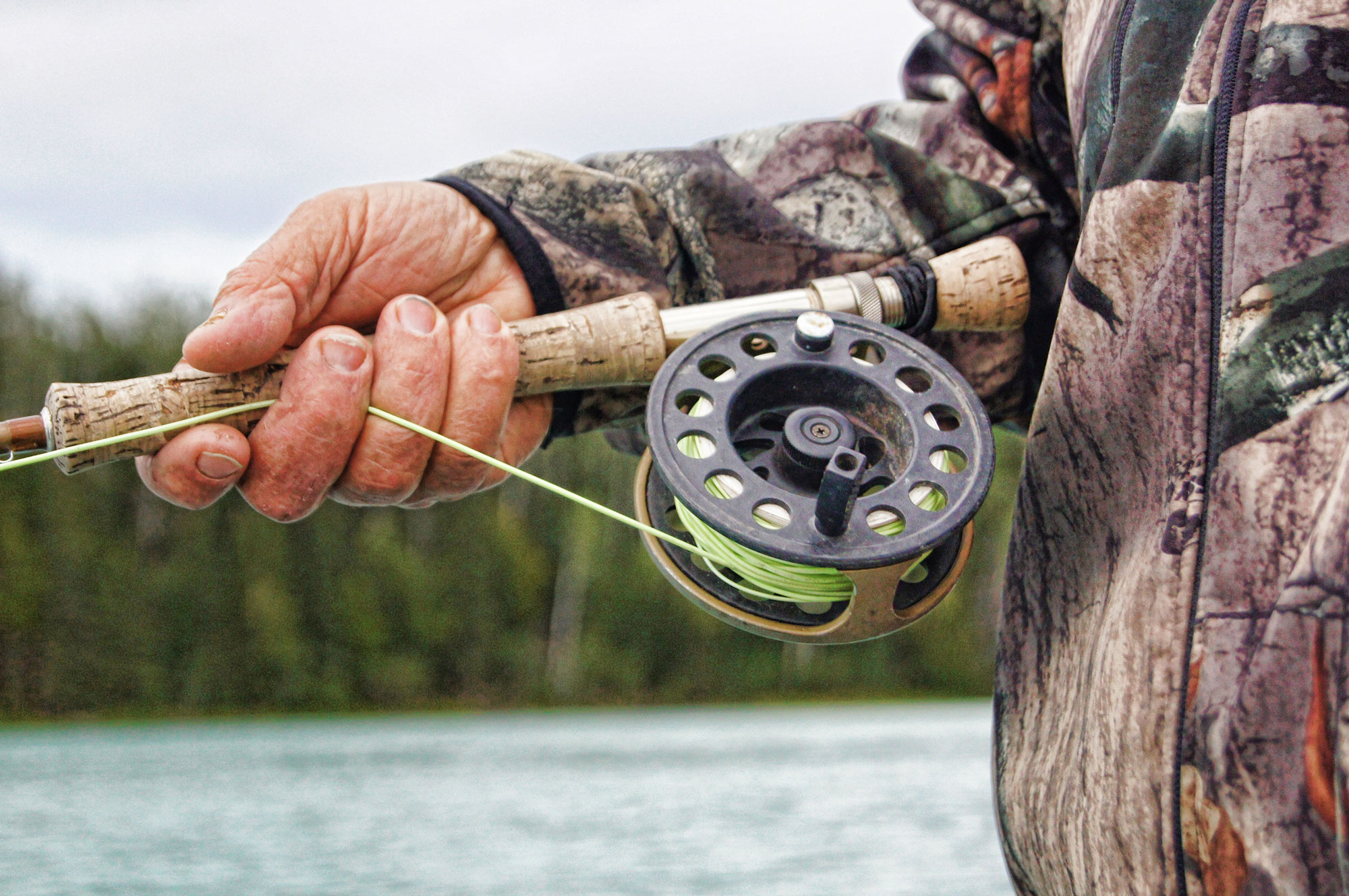Advertisement
As owner of West Pacific Seafood, a busy sportfish-processing facility in Tofino, B.C., Lutz Zilliken says he doesn’t get as much free time as he’d like to go fishing. When he does go, though, he certainly makes it count. Last August, Zilliken shared the top prize with teammate Billy McGinnis at the 2012 Tofino Saltwater Classic, a tournament hosted by NHLer Brendan Morrison. A lifelong angler, Zilliken moved to Canada from Germany in 1977 when his father bought a fishing lodge on Quesnel Lake in the B.C. Interior. But it’s on the ocean that Zilliken really shows his mettle. Here’s what he focuses on to catch trophy Pacific salmon.
Trolling: Getting the speed right is more important than anything else, Zilliken says. He trolls between 2.7 and three knots, which is a little faster than many salmon anglers prefer. Zilliken says the quicker speed attracts both chinook and the more aggressive coho, which are more likely to hit a faster lure.
Advertisement
Downrigger: Zilliken inserts his line all the way to the back of the downrigger clip, so it’s held tightly. “If it comes free, you know you’ve got a big fish on,” he says. And when the rod does pop, Zilliken says to reel in as fast as possible and set the hook hard. “I’ve actually broken rods setting the hook. People lose fish because the hook’s not set.”
Rig: At the 2012 Tofino Saltwater Classic, Zilliken caught his winning fish, a 27-pound chinook, on a purple-and-gold flasher and an anchovy rig with a chartreuse teaser head. While the colour choice is personal (see below), the rig is pretty standard for the region, he says. Zilliken also attaches a six-foot leader to slow down the spin. “And make sure you have some big sharp hooks,” he advises.
Colour: “When it’s good fishing, and the fish are feeding a lot, you can throw down whatever makes a flash,” says Zilliken. When the fish get finicky, however, he finds colour makes a huge difference. “It depends on the water colour and what the sun is like. On bright days, I use bright gear and on dark days, I use darker gear.”
Advertisement
Temperature: By the middle of August last summer, the fish had stopped biting and disappeared from their normal locations and depths. The reason? Water temperature. It’s a huge factor in salmon behaviour, says Zilliken, noting that anything under 21°C is decent, while 17°C or so is best. “Too cold and it doesn’t work,” he says. “It has to be there in the happy medium.”
Clarity and depth: Another key is to find slightly foggy, greenish water, says Zilliken—if the water’s too clear, it won’t hold salmon. As for depth, he was trolling pretty close to shore in the tournament and caught the winning fish at 42 feet over 80 feet of water.
Advertisement

